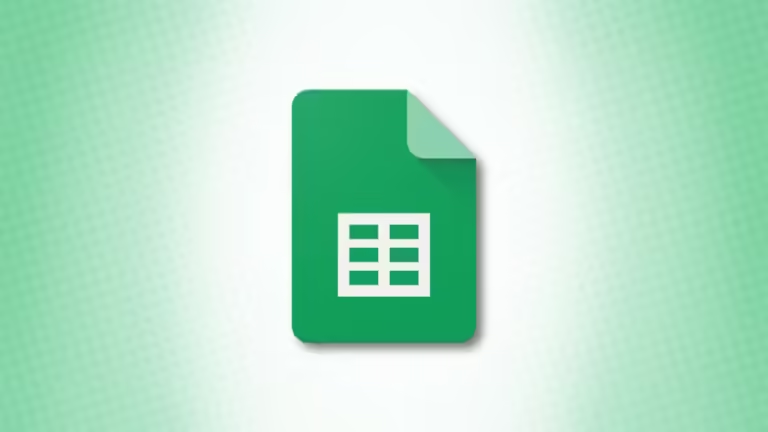
Amazon, the world’s largest online marketplace, is a treasure trove of data for businesses looking to understand consumer sentiment, product performance, and market trends. One of the most valuable data sources is Amazon reviews. This blog post will delve into the world of Amazon reviews crawling, discussing the tools available and the ethical considerations involved.
Understanding Amazon Reviews Crawling
Amazon reviews crawling involves extracting data from Amazon product pages, including reviews, ratings, product information, and customer details. This data can be used for various purposes such as:
- Market research: Identifying trends, consumer preferences, and competitor analysis.
- Product development: Gathering feedback to improve existing products or develop new ones.
- Sentiment analysis: Understanding customer sentiment towards products or brands.
- Price monitoring: Tracking competitor prices and product availability.
Tools for Amazon Reviews Crawling
Several tools and techniques can be employed for Amazon reviews crawling.
1. Web Scraping
- Manual scraping: This involves manually copying and pasting data from Amazon product pages. It is time-consuming and impractical for large-scale data collection.
- Web scraping tools: These tools automate the process of extracting data from websites. Popular options include:
- Octoparse: User-friendly with a visual interface, ideal for those without coding experience.
- ParseHub: Offers cloud-based scraping and supports JavaScript rendering.
- Scrapy: A Python framework for building complex web scraping projects.
- Beautiful Soup: A Python library for parsing HTML and XML documents.
2. Amazon Product Advertising API
- Official API: Provides access to Amazon product information, including reviews, but with limitations on data volume and frequency.
- Requires API keys: Obtaining API keys can be a complex process.
3. Third-party Data Providers
- Specialized services: Companies offer pre-collected Amazon review data, often with additional analysis and insights.
- Cost-effective: Can save time and resources compared to building in-house solutions.
Ethical Considerations
While Amazon reviews crawling can be a valuable tool, it’s essential to adhere to ethical guidelines:
- Respect Amazon’s terms of service: Avoid overloading Amazon’s servers or violating their robots.txt file.
- Protect user privacy: Handle customer data responsibly and comply with data protection regulations.
- Use data ethically: Ensure data is used for legitimate purposes and doesn’t harm consumers or competitors.
Challenges and Limitations
Amazon reviews crawling comes with its challenges:
- Dynamic website: Amazon’s website structure can change frequently, requiring constant tool updates.
- Review volume: Extracting a large volume of reviews can be time-consuming and resource-intensive.
- Data quality: Review data may contain errors, inconsistencies, or fake reviews.
- Legal and ethical implications: Adhering to legal and ethical guidelines is crucial.
Conclusion
Amazon reviews crawling offers a wealth of potential insights for businesses. By carefully selecting the right tools and following ethical practices, companies can harness the power of this data to gain a competitive advantage. However, it’s essential to balance the benefits with the challenges and limitations involved.






